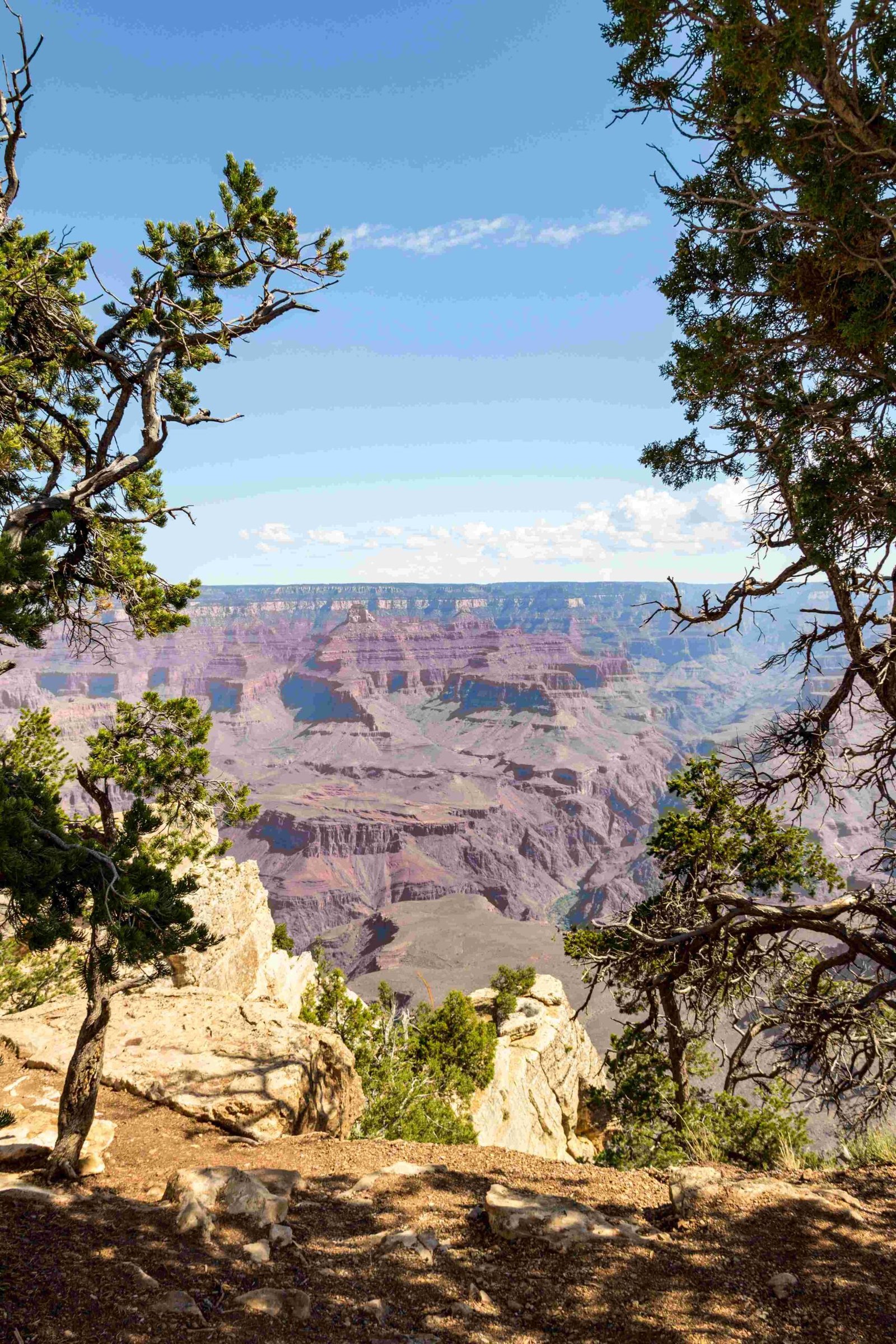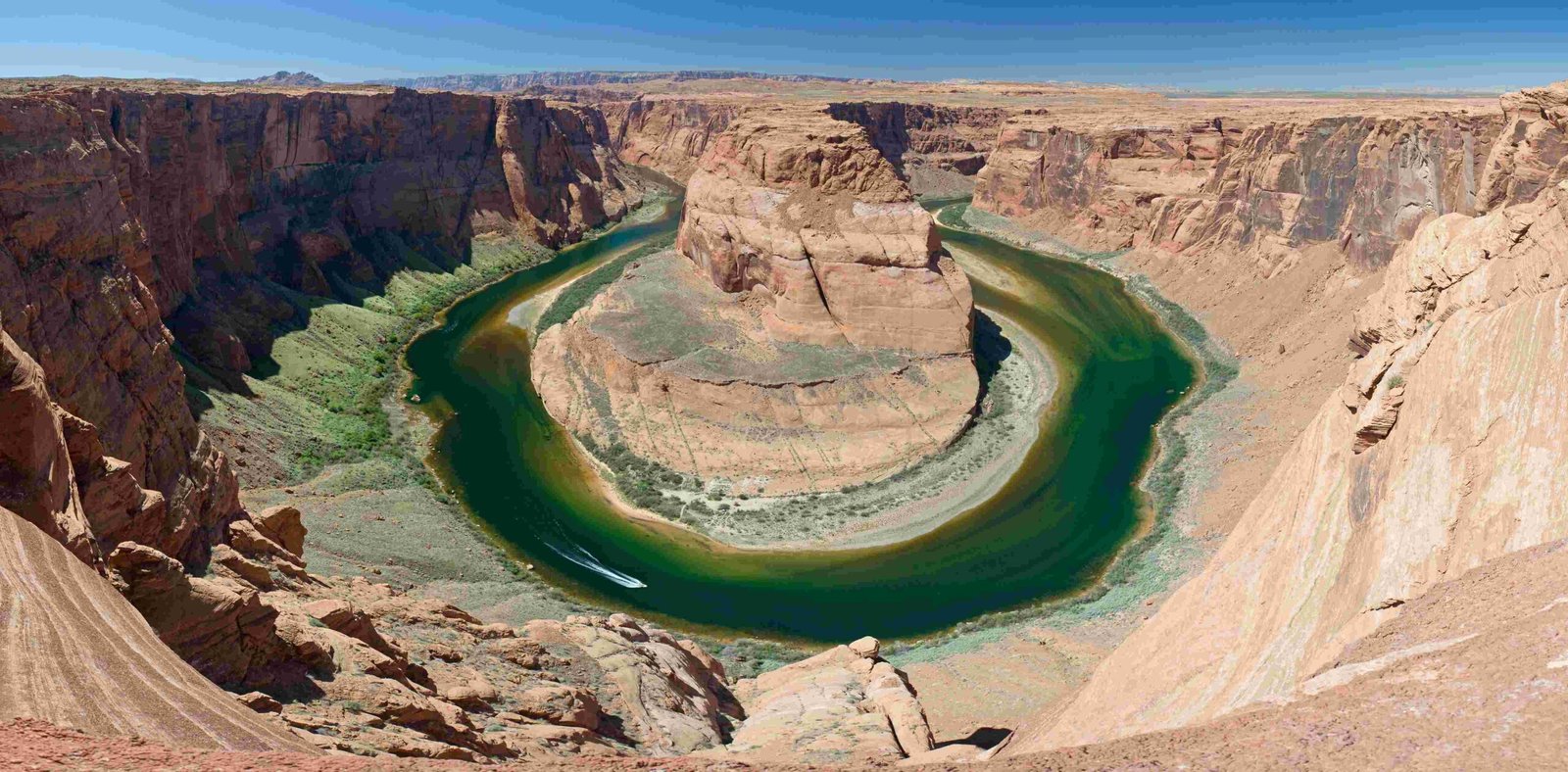The Grand Canyon emerges as a breathtaking geological marvel carved from the expansive Colorado Plateau, a massive elevated region spanning approximately 130,000 square miles across Arizona, Utah, Colorado, and New Mexico. This extraordinary landscape represents a complex geological canvas where sedimentary rock layers chronicle nearly two billion years of Earth’s transformative history, revealing intricate processes of uplift, erosion, and environmental change.
What Makes the Colorado Plateau Unique?

The Colorado Plateau stands as a remarkable geological province characterized by its relatively flat, elevated terrain and minimal tectonic deformation. Unlike other mountainous regions, this plateau maintains its original horizontal sedimentary rock layers, creating a pristine geological record.
How Old Are the Rock Layers in the Grand Canyon?
| Rock Layer | Age | Composition |
|---|---|---|
| Vishnu Schist | ~1.9 Billion Years | Metamorphic Basement Rock |
| Zoroaster Granite | ~1.7 Billion Years | Igneous Intrusive Rock |
| Kaibab Limestone | ~270 Million Years | Marine Sedimentary Rock |
| Coconino Sandstone | ~275 Million Years | Desert Sand Deposit |
What Geological Processes Shaped the Grand Canyon?
The formation of the Grand Canyon involves several critical processes:
- Tectonic Uplift
- Laramide Orogeny (70-30 million years ago)
- Raised the entire Colorado Plateau
-
Created necessary elevation for river erosion
-
River Erosion
- Colorado River began downcutting ~5-6 million years ago
- Carved through multiple rock layers
-
Created current canyon topology
-
Climate Influences
- Arid environment minimized vegetation
- Reduced ground cover accelerated erosion
- Wind and water continuously sculpted landscape
What Sedimentary Environments Contributed to Rock Formations?
The Colorado Plateau’s rock layers represent diverse ancient environments:
- Marine Environments
- Limestone layers indicate prehistoric ocean floors
- Fossil-rich sediments from ancient marine ecosystems
-
Represents periods of global sea level changes
-
Desert Environments
- Coconino Sandstone reflects ancient desert landscapes
- Wind-deposited sand dune formations
- Preserved intricate cross-bedding structures
Why is the Colorado Plateau Geologically Significant?
The Colorado Plateau offers unprecedented geological insights:
- Continuous, undisturbed sedimentary sequence
- Minimal tectonic deformation
- Exposed rock layers spanning nearly two billion years
- Pristine preservation of geological history
Scientific Significance and Research Opportunities

Geologists and researchers consider the Colorado Plateau a living laboratory for understanding:
- Plate tectonics
- Sedimentary processes
- Climate change
- Evolutionary environmental transformations
Visitor Exploration and Understanding
For those interested in geological exploration:
– Ranger-led geological tours available
– Multiple viewpoints showcasing rock layer transitions
– Interpretive centers with detailed geological exhibits
Conclusion
The Grand Canyon, carved from the Colorado Plateau, represents more than a scenic wonder—it’s a profound geological narrative revealing Earth’s complex, dynamic history through its meticulously preserved rock layers.
